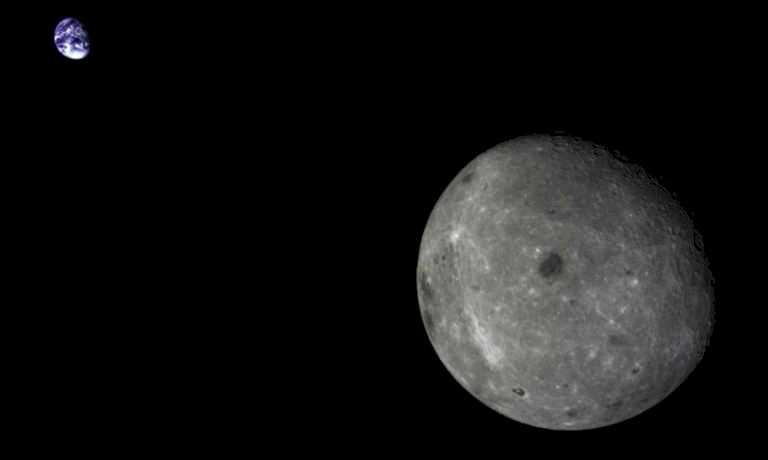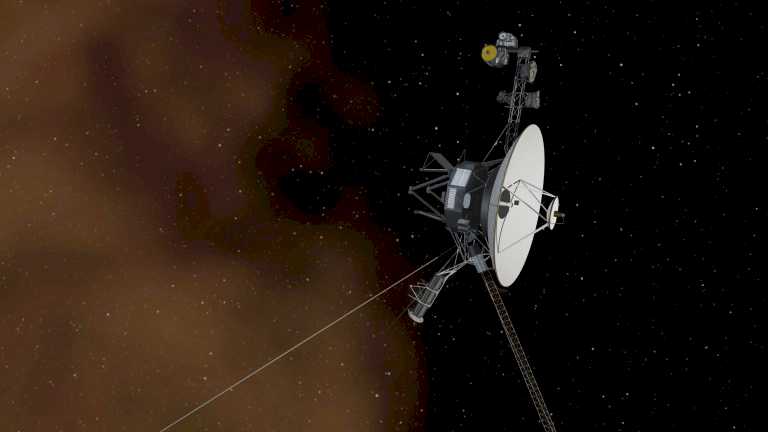#HELSINKI — Tracking data appears to show #China is attempting to salvage #spacecraft initially intended for the moon but left stranded by a rocket stage malfunction.
The small #DRO-A and B spacecraft launched from Xichang spaceport on a Long March 2C rocket March 13. Hours later, the first acknowledgement of the mission came from Chinese state media Xinhua, which announced that the spacecraft had not been inserted accurately into their designated orbit by the rocket’s Yuanzheng-1S upper stage.
“The upper stage encountered an abnormality during flight, causing the satellites to fail to accurately enter the preset orbit,” Xinhua stated. “Relevant disposal work is currently underway,” it added, citing Xichang launch center.
















Space news on Umojja.com